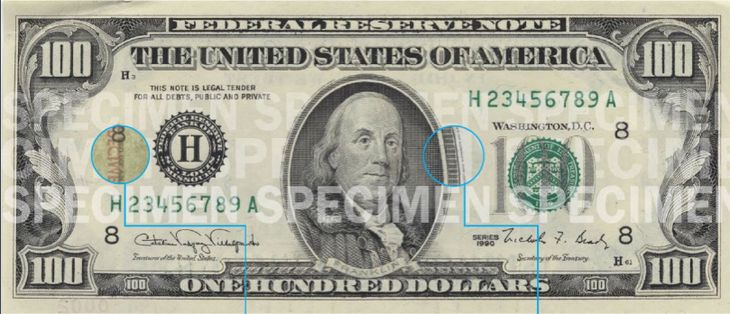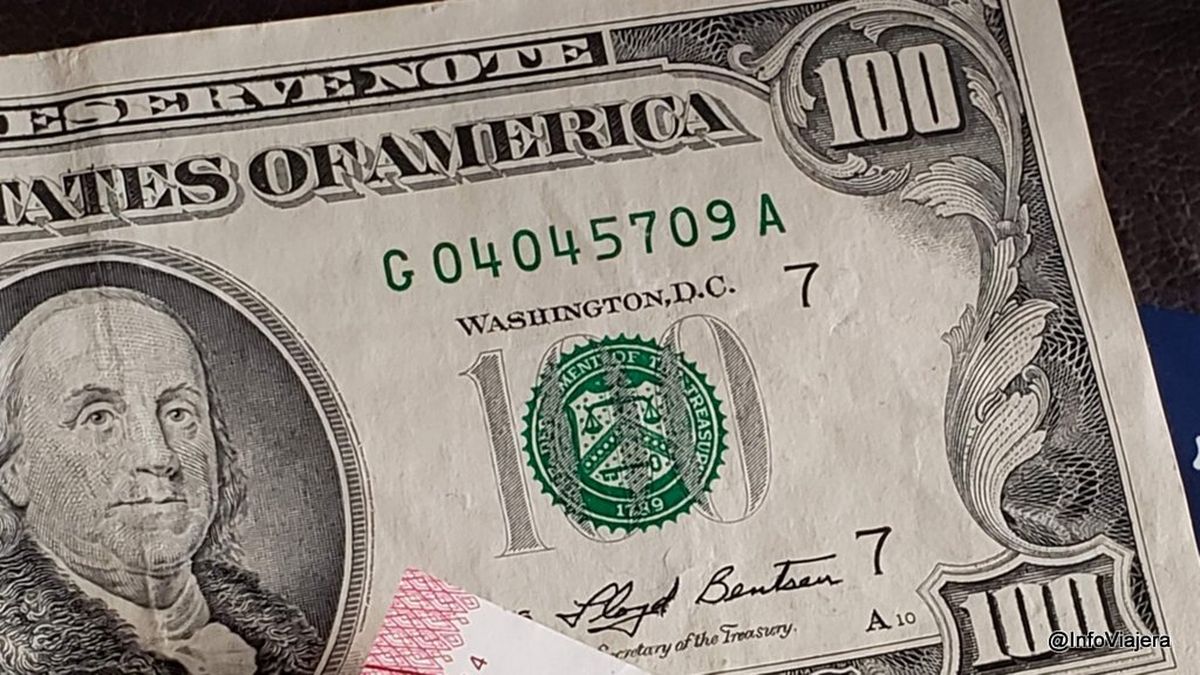Savers with this old example of the American currency have problems exchanging it in the City of Buenos Aires.
As the possibilities of saving in pesos are reduced and we must resort to dollar, Other problems arise in this unregulated market. One of the biggest problems is the acceptance and valuation of banknotes.
The content you want to access is exclusive for subscribers.
People who own the old banknote 100 dollars issued between 1996 and 2013 They often face various problems, such as their value being less than that of new ones, or due to their state of conservation they do not want to be received directly in the City, in the caves or by the trees.


100-dollar-bill-girl-face-with-security-thread-1990-1996.jpg

The value of the small-sided $100 bill is the same as the value of the large-sided bill, and there should be no disdain for older bills.
How to tell if a small dollar bill is not fake
In any case, the US Federal Reserve has communicated on several occasions that The value of the notes is exactly the sameWhat is certain is that the oldest dollar, the “small face” has fewer security measures than the one issued after 2013 and up to the present. Below we detail how to know that the pre-2013 bill is not fake.
The first measurement can be verified by touch; by running your finger over the surface of the bill you should notice the raised print, which is the technique used by issuing banks.
Then, there is a visual effect when you tilt the bill. The number 100 in the lower right corner changes from green to black due to the ink it was printed with. This proves its authenticity. Thirdly, when you hold the bill up to the light, you should see a watermark and the security thread.
Finally, there are microprints on the bill that can be seen with the naked eye or using a magnifying glass. Red and blue security fibers embedded throughout the paper, as well as the microprint located on the number in the lower right and left corners, and on Benjamin Franklin’s coat.
Source: Ambito




